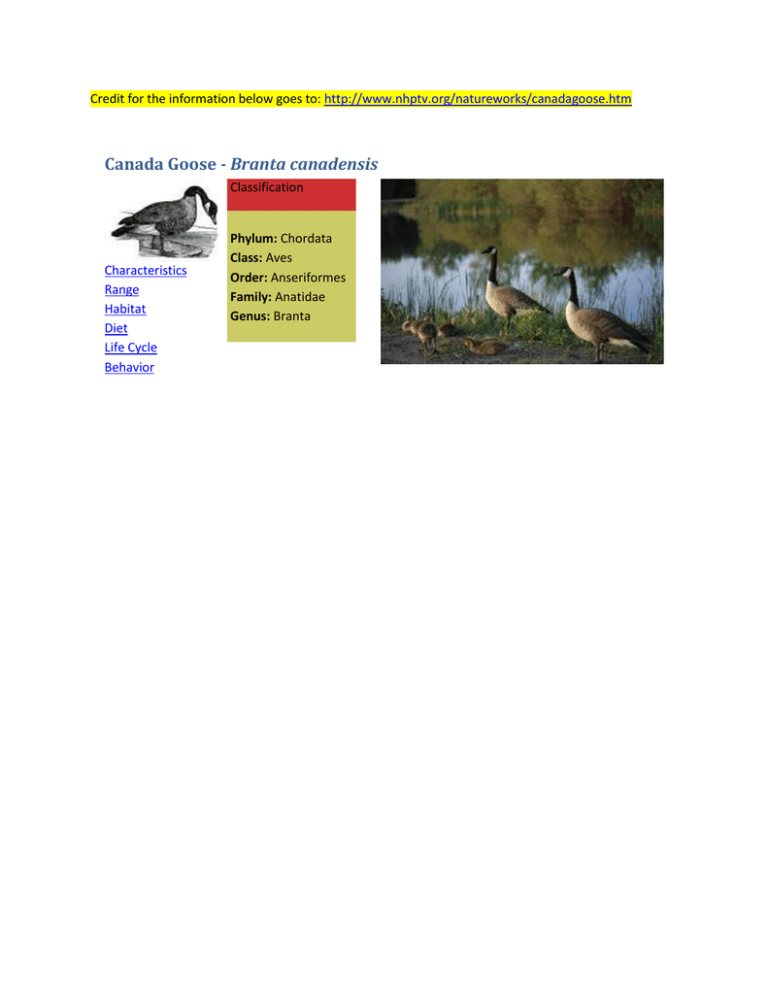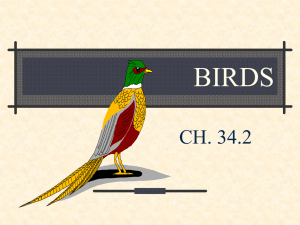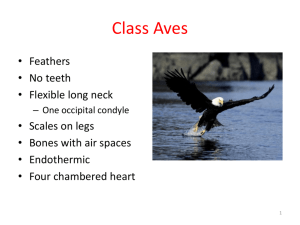Canadian goose notes
advertisement

Credit for the information below goes to: http://www.nhptv.org/natureworks/canadagoose.htm Canada Goose - Branta canadensis Classification Characteristics Range Habitat Diet Life Cycle Behavior Phylum: Chordata Class: Aves Order: Anseriformes Family: Anatidae Genus: Branta Characteristics The Canada goose has a long black neck and head with a white band on its cheeks that runs under its chin like a strap. It has black feet and a light tan body with lighter brown or white under its tail. Its black bill has lamellae, or teeth, around the outside edges that are used as a cutting tool. Males and females look alike, although females are usually a little smaller than the males. Range The Canada goose breeds and winters in most of Canada and the United States. Habitat The Canada goose can be found in a wide variety of habitats including lakes, bays, rivers and marshes. It often feeds in open fields and grasslands. Diet On land, the Canada goose eats a wide variety of grasses, including salt grass and Bermuda grass. It uses its bill to yank the grass out of the ground. It also eats corn, rice and wheat. In the water, the Canada goose sticks its head and upper body under the water, stretches its neck out and uses its bill to scoop up food from the mud and silt. Life Cycle The female Canada goose lays her eggs between March and June. She will lay between four to ten whitish eggs in a nest made of grass, reeds and moss and lined with down. The nests are usually on the ground near water. The female hatches the eggs and turns them over often to evenly heat them. The male will guard the female and the nest and will call out a warning if danger approaches. It takes about a month for the eggs to hatch. The chicks break out of the shell with an egg tooth on the top of their bills. It may take them one to two days to completely break out of the shell. The chicks will fly when they are between 40 and 70 days old. Most Canada geese will mate for life. Behavior Canada geese migrate in large V-shaped formations. They honk loudly while they are flying. They migrate at a slow pace. Male Canada geese can be very aggressive they will often attack predators with their wings and bill. Bird Adaptations for Flight – http://feathernotes.weebly.com/1/post/2011/06/bird-adaptationsfor-flight.html Skeletal Adaptations The skeletons of birds are much different than the skeletons of other vertebrates because it must support the ability to fly. Many bones are fused together and others that are common in other vertebrate skeletons have been removed from the bird skeleton to make it more efficient for flying. Many of the remaining bones, such as those in the wings, have been pneumatized, or hollowed out. There are internal supports within these bones to prevent them from collapsing. Many people believe that the skeletons weigh less relative to their bodies than in other vertebrates. This idea is false. Although some bones are pneumatized, flight places new burdens on a bird’s skeleton. For example, the leg bones and the sternum (which the wing bones are connected to) need to be especially sturdy and are stronger than in other vertebrates. Instead of having a very light skeleton as many believe, birds have lightened and strengthened different bones to adapt the bird for flight. Respiratory Adaptations Because flying is a much more strenuous physical activity than anything that other animals do birds have a much more efficient respiratory system. A very important adaptation to the avian respiratory system is the air sacs that allow birds to have a one-way respiratory tract that maximizes oxygen intake. When birds inhale, air enters the posterior air sac. Upon exhalation, it enters the lungs, where an extremely efficient exchange of oxygen and carbon dioxide occurs. Upon a second inhalation, the air from the lungs enters the anterior air sac, the lungs shrink, and more air enters the posterior air sac. With the second exhalation, the air from the anterior air sacs exits the body and air enters the lungs again. This system allows birds to empty their lungs between breaths more than other vertebrates. This causes more gas exchange with fresh, oxygen-rich air, increasing the birds total oxygen intake. Circulatory Adaptations The circulatory system of birds consists of a four-chambered heart with two separate sides. One side receives oxygen-poor blood from the body and pumps it into the lungs. The other side receives oxygen-rich blood from the lungs and pumps it through the body. This circulatory system never allows oxygen-poor and oxygen-rich blood to mix, creating an efficient system of gas exchange. This system prepares a bird for flight. Reproductive Adaptations Birds’ reproductive organs are small for the greater part of the year to decrease the birds’ weight for flight. Only during mating season do reproductive organs reach functional size. Muscular Adaptations The flight muscles of most birds are red because they have many oxygen-transporting substances within them. Flight muscles also receive a large amount of oxygenated blood. These adaptations allow flight muscles to receive the maximum amount of oxygen so they can perform cellular respiration and generate energy for flight. Nervous Adaptations Birds have extremely developed brains that allow them to transmit nerve impulses extremely quickly throughout the body. They have keen senses of sight and hearing. These adaptations allow birds to process information and react accordingly during flight. Speedy reaction time allows bird to fly quickly and alertly. They can avoid obstacles and potential predators quickly because of their nervous systems.







